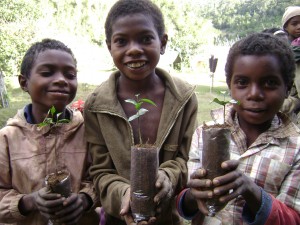Madagasikara Voakajy
What We Do
At Madagasikara Voakajy we promote conservation, and sustainable use of Madagascar’s unique species, habitats and ecosystems, for the benefits of Malagasy people.
Madagasikara Voakajy was established in 2005 to provide job opportunities for young Malagasy researchers. Over time, we have evolved to become an organization that provides opportunities for Malagasy biologists to become leaders in the conservation and ecological study of a wide variety of species.
Nowadays, we use evidence-based interventions and stakeholder engagement to target our conservation of species and their habitats. Currently, we have teams of experts who focus on baobabs, bats, reptiles, amphibians and lemurs.
How We Protect Lemurs And Other Wildlife
We monitor four species of lemur, having implemented a monitoring program using occupancy modeling, a method that could be implemented easily with the local communities. In the Alaotra-Mangoro region, our interventions benefit at least seven other lemur species.
Hunting for lemurs in the Alaotra-Mangoro Region (where Madagasikara Voakajy does much of its work) is a real problem. Our research on this topic has found that lemur hunting may be widespread in this region and may be increasing. In addition, the traditional taboos that some groups in this region hold against hunting some lemur species (like the Indri) may be breaking down. Since 2015, the monitoring of threats and pressures has been carried out. Only Ayes-ayes now remain taboos for the hunters.
In October 2015, we started using camera traps to monitor lemurs and other animal species in Mangabe protected area (Moramanga district). This method provides valuable information on the presence / absence, behavior and habitat use of lemurs.
What Lemur Species We Protect
Currently, Madagasikara Voakajy directly impacts the following lemur species:
- Common brown lemur (Eulemur fulvus)
- Indri (Indri indri)
- Diademed sifaka (Propithecus diadema)
- Alaotra gentle lemur (Hapalemur alaotrensis)
How We Support Local Communities
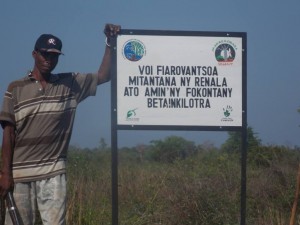
Madagasikara Voakajy has worked to create several protected areas and natural resources use programs in Madagascar.
Outreach
Given the high rates of lemur hunting in our target region, Madagasikara Voakajy undertakes awareness campaigns of the protected status of lemurs with both children and adults. For example, ‘Lenari’, our Indri mascot, interacts with audience members at outreach events through playing, singing and dancing. ‘Lenari’ makes appearances at the organization’s events which include animal festivals, drawing competitions, song and poem competitions, field trips, and even the creation of school biodiversity clubs.
Now, the SOS project, “Youths for lemurs – Lemurs for youths”, sees young people aged 15-25 from the villages around Mangabe, participate in the conservation of lemurs. Young people make song contests, interviews on lemur conservation and broadcast radio programs to raise awareness of the importance of lemurs amongst their communities.
Madagasikara Voakajy also undertakes outreach in schools. Our partnership with education authorities at the local level is especially helpful with schools located in communities that are within the boundaries of new protected areas.
Capacity building
Through our student training program, Madagasikara Voakajy continues to nurture the next generation of Malagasy scientists.We are also aiming to build the careers of promising Malagasy biologists through employment within the organization.


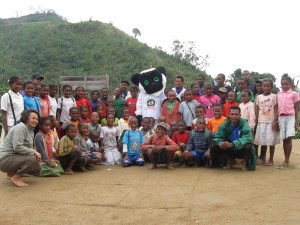
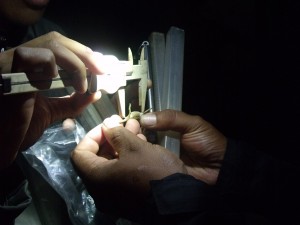

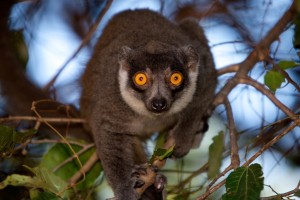
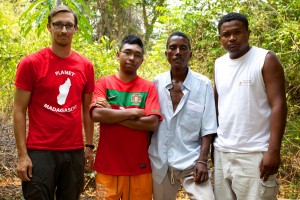
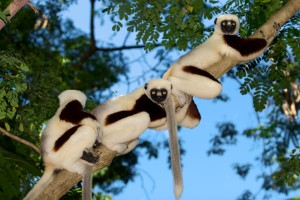
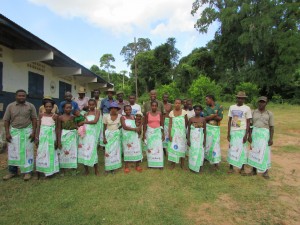
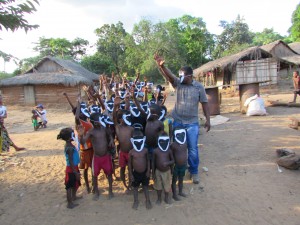
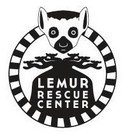
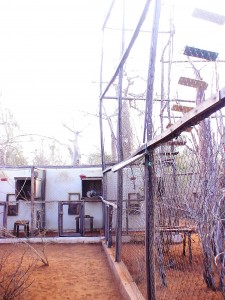

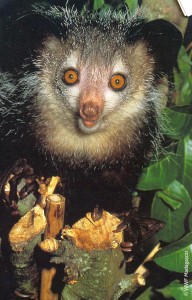
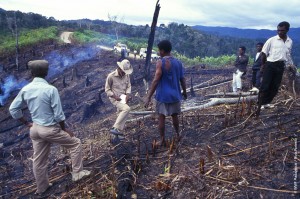
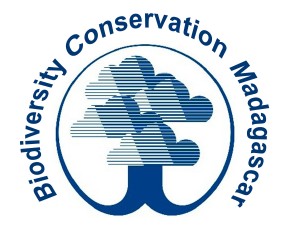
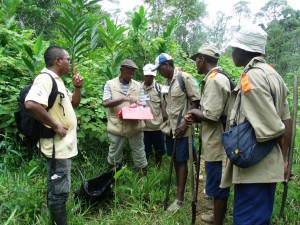 Biodiversity Conservation Madagascar (BCM) was established in 2002 as the conservation arm of Bioculture (Mauritius) Ltd. Our main goals are to conserve threatened forests in east and west Madagascar that are of high biodiversity value, especially those rich in lemur species. We currently work in the 2,400 hectare lowland rainforest in Sahafina (East Madagascar) and the Beanka dry deciduous forest in the Maintirano region (West Madagascar).
Biodiversity Conservation Madagascar (BCM) was established in 2002 as the conservation arm of Bioculture (Mauritius) Ltd. Our main goals are to conserve threatened forests in east and west Madagascar that are of high biodiversity value, especially those rich in lemur species. We currently work in the 2,400 hectare lowland rainforest in Sahafina (East Madagascar) and the Beanka dry deciduous forest in the Maintirano region (West Madagascar).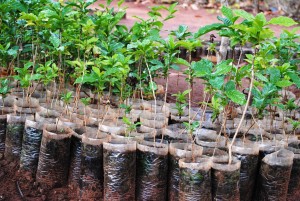
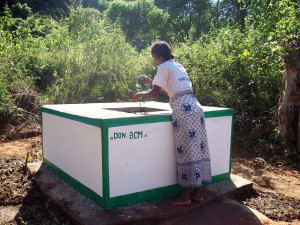
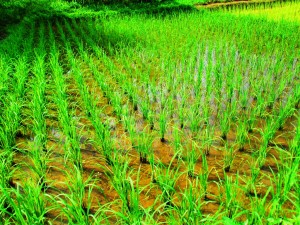

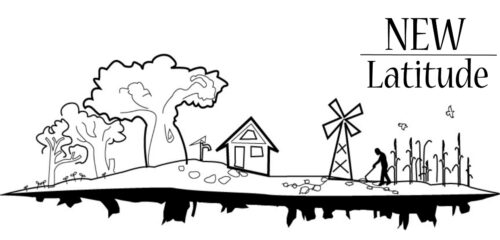
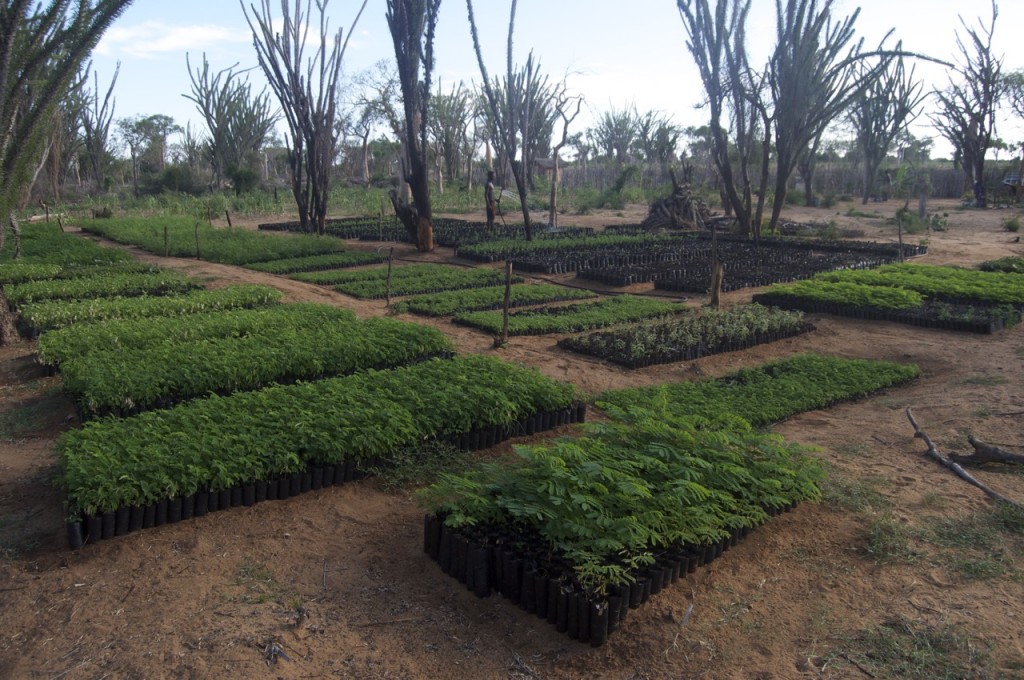
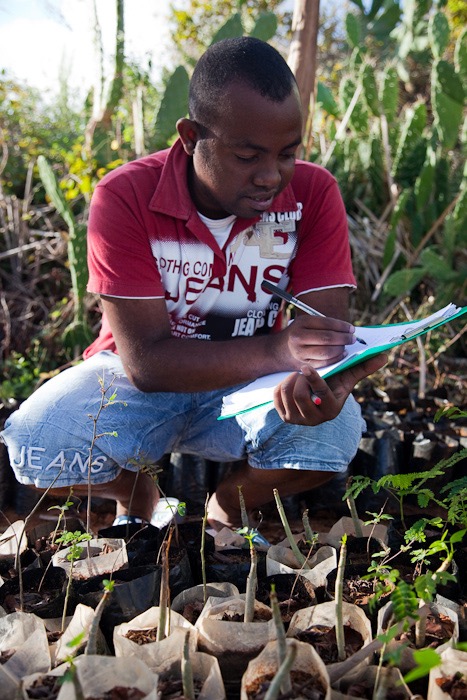
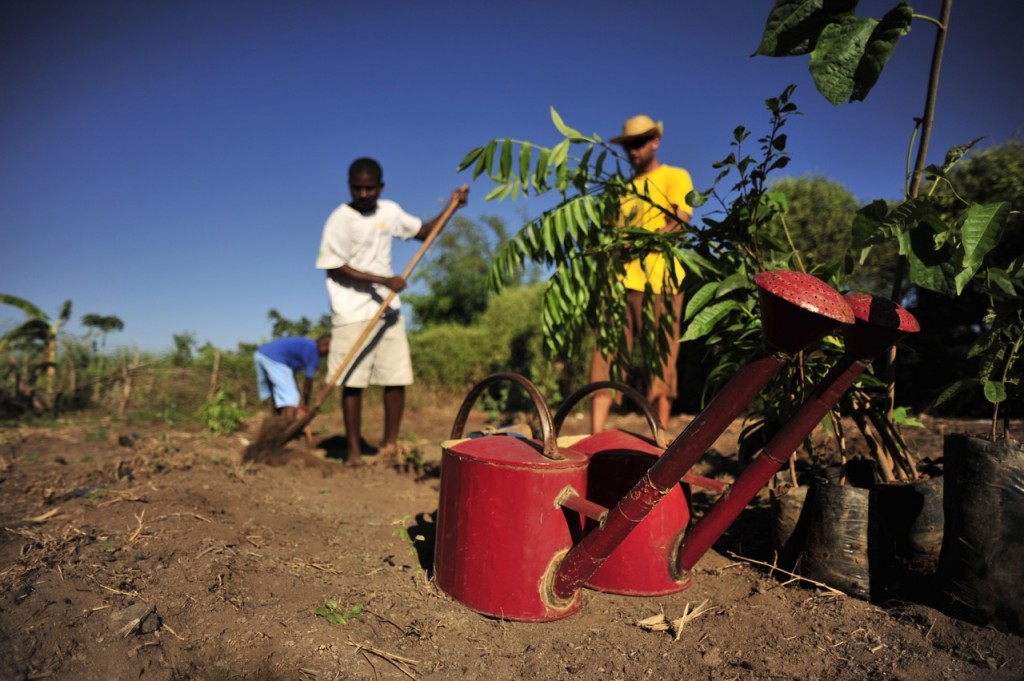

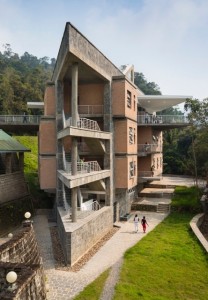
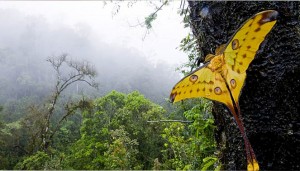
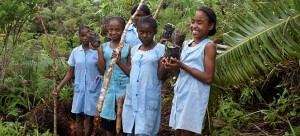
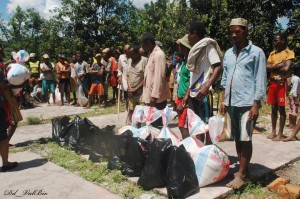
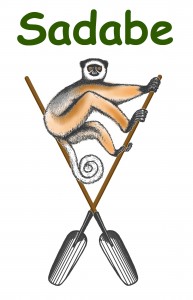
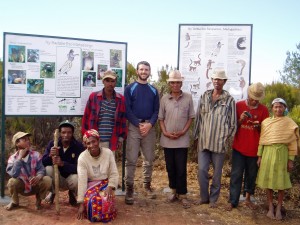
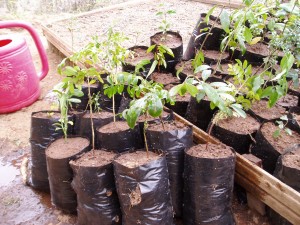 Funded by
Funded by 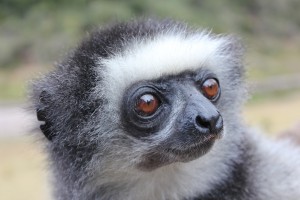 What Lemur Species We Protect
What Lemur Species We Protect